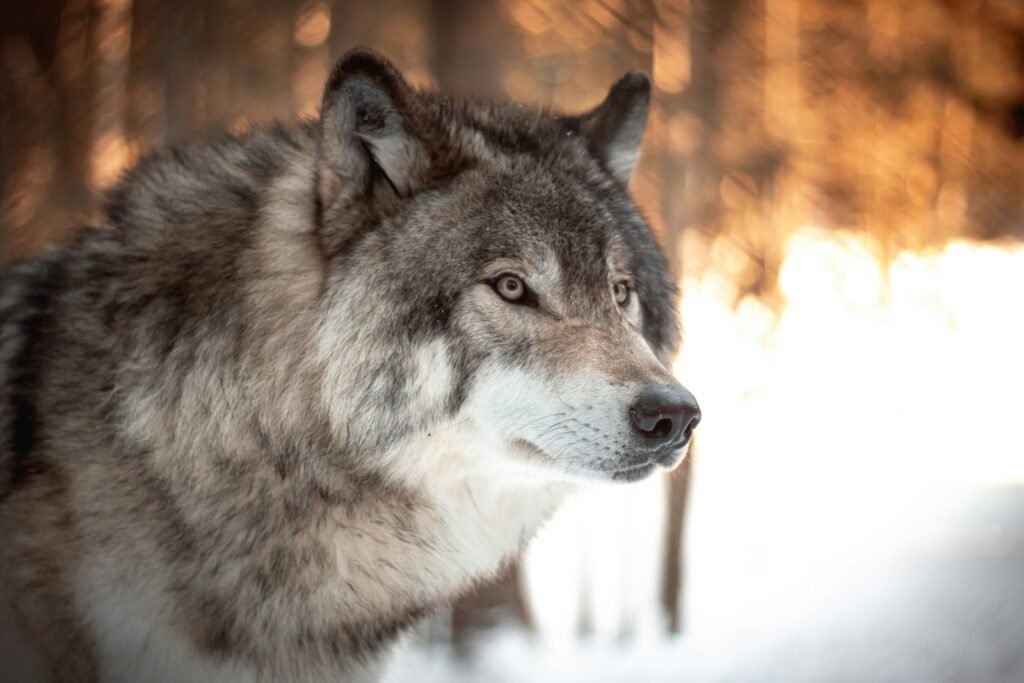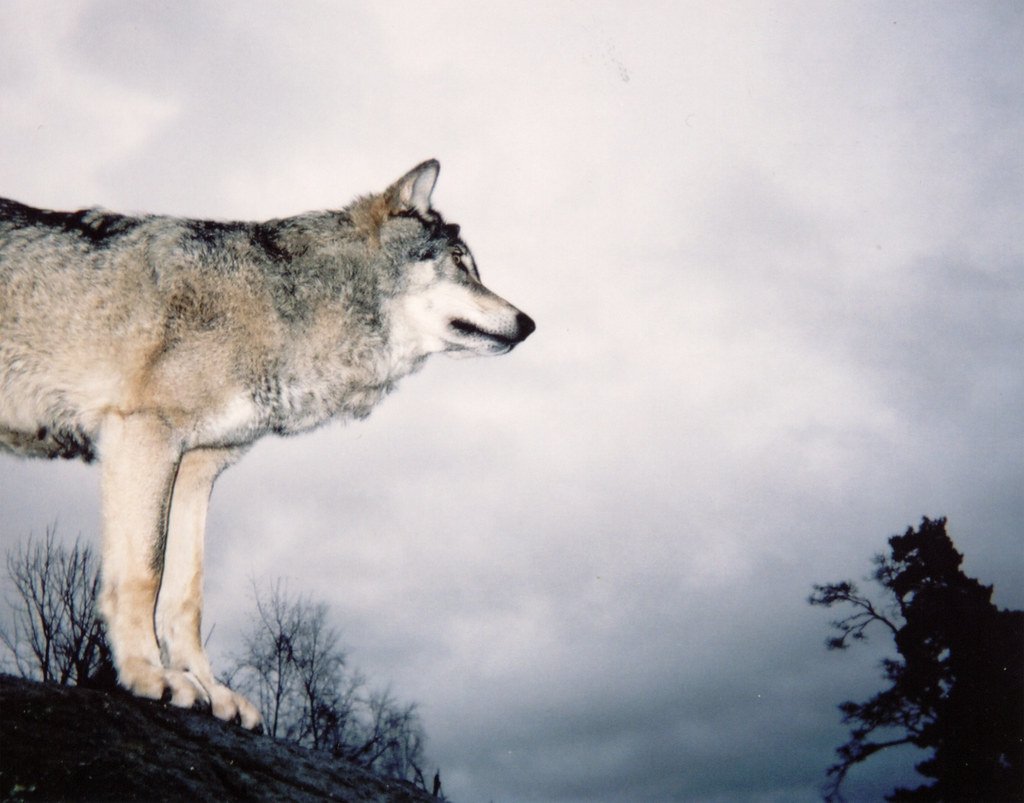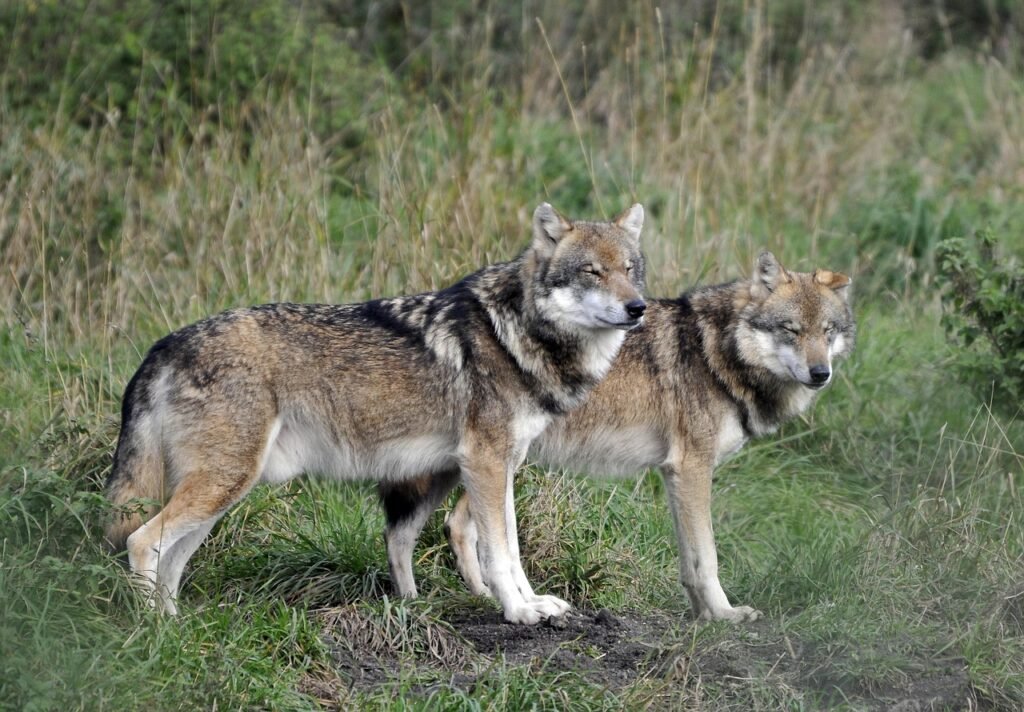The California Department of Fish and Wildlife just confirmed three brand-new wolf packs in the state—named the Ishi, Tunnison, and Ashpan packs—bringing the total number of known packs to ten and the statewide wolf population to 78. That’s a big leap from just 44 last year and a stunning rebound from only seven wolves in 2020.
Nature lovers are celebrating the news with tail wags and happy howls.
“It’s inspiring to watch this renaissance,” said Amaroq Weiss, a senior wolf advocate with the Center for Biological Diversity. “We should do everything we can to ensure California’s wolves have every chance to thrive.”
Wolves Return to the Golden State

Wolves once roamed California freely but were wiped out by the 1920s due to human interactions with ranchers and fearful rural residents who shot or poisoned them. That changed in 2011, when a lone wolf from Oregon crossed the border and made history. Since then, the state has slowly become home again to these iconic predators.
Now, wolves are spotted in 10 of California’s 58 counties, from the Oregon border down to the Sierra Nevada near Bakersfield. Biologists believe the northern part of the state could eventually support up to 500 wolves.
Their presence is considered a major conservation win, much like the recovery of bald eagles and California condors.
But Not Everyone Is Howling with Joy

Not all residents are rolling out the welcome mat for the new packs. Ranchers say the return of wolves is putting their livestock at risk.
“Ranchers in Northern California were already well aware of these wolves,” said Kirk Wilbur of the California Cattlemen’s Association. “At least two of the new packs have been confirmed to have killed livestock.”
Some rural counties—like Shasta and Lassen—have declared local emergencies, citing increased wolf sightings near homes and pastures. County Supervisor Corky Harmon warned, “These wolves are coming too close to homes and putting our rural families at risk.”
However, those applauding the wolf comeback in California maintain that a wolf has not killed a human in over 100 years in the lower 48 states.
That being said, Wilbur and others still want the state to remove wolves from the endangered species list and give property owners more tools to protect their animals.
Finding Middle Ground

State officials are working on a compromise. A new public website shows the approximate locations of GPS-collared wolves, so ranchers can prepare. The Newsom administration is also loosening rules to let property owners use rubber bullets, loud noises, and even ATVs to scare wolves away from livestock.
However, hunting wolves remains illegal in California. Unlike states such as Idaho and Wyoming, where wolves can be shot under certain conditions, California maintains strict protections. Killing a wolf is only legal here if it’s to defend a human life.
Perspective on Predation
Environmental groups point out that wolf attacks on livestock remain rare. Out of 670,000 beef cattle in California, only a few dozen losses have been linked to wolves. And the state does offer compensation for confirmed kills.
“Decades of research show these conflicts are rare and preventable,” said Weiss. “Wolves play a vital role in keeping ecosystems healthy—and that benefits all of us.”
As California’s wolf population continues to grow, the state finds itself at a crossroads: how to support a recovering species while keeping people and their animals safe.
It’s not just a conservation story. It’s a story of coexistence.






